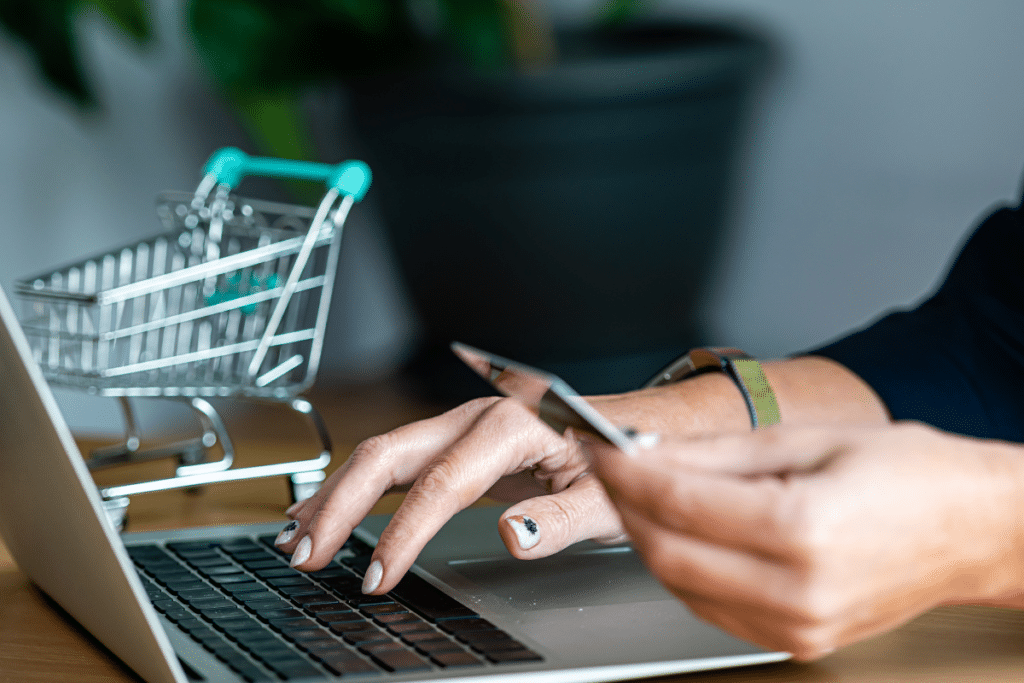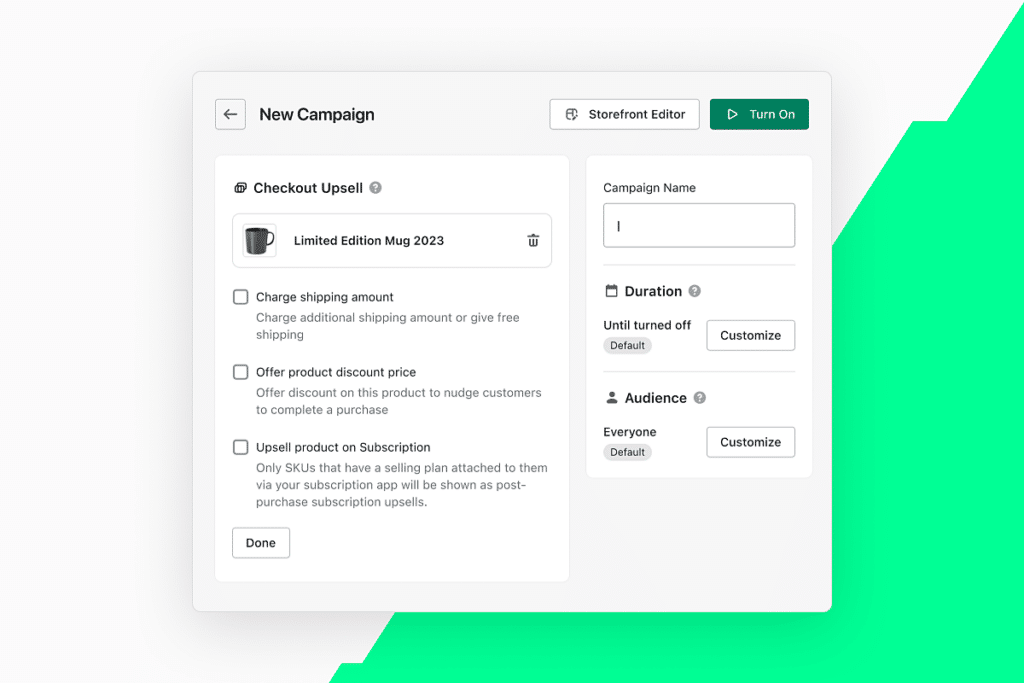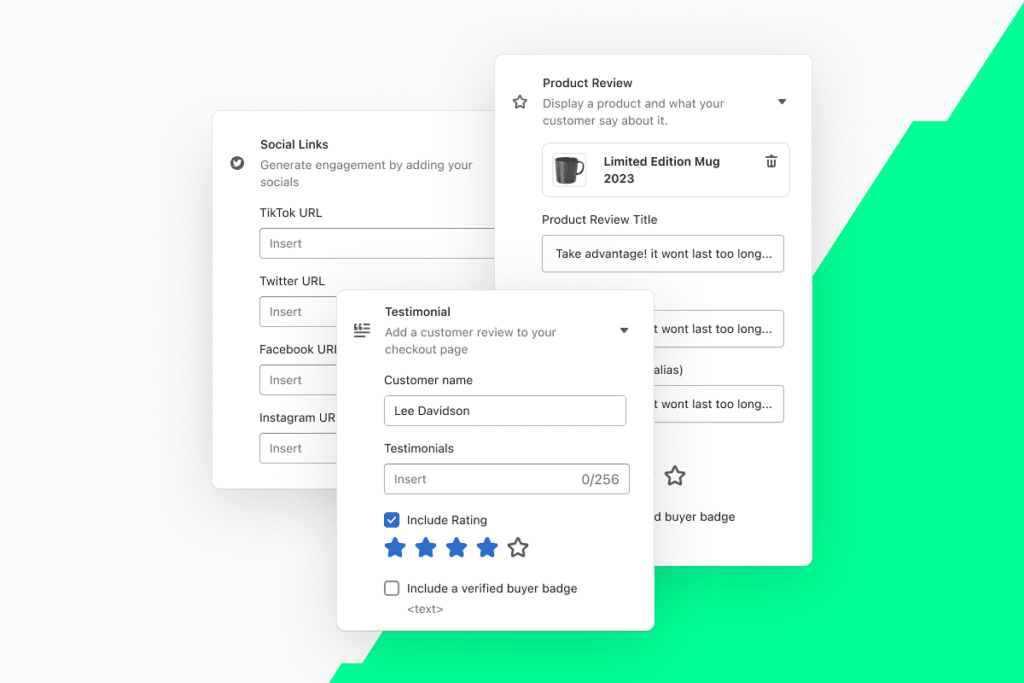Aug 31, 2023
Maximize eCommerce revenue through post purchase upsells.
In the highly competitive world of ecommerce, finding ways to increase revenue and boost profits is essential for success. One effective strategy that many online retailers are utilizing is post-purchase upsells.
By understanding the concept of post-purchase upselling and implementing effective strategies, businesses can maximize their ecommerce revenue.
In this article, we will explore the importance of post-purchase upsells, how they work, and strategies for implementing and optimizing them. We will also discuss common challenges faced during upselling and the key metrics for evaluating the success of upselling efforts.

What are Post-Purchase Upsells?
Post-purchase upselling involves offering additional products to shoppers after they have made a purchase. It is a strategy aimed at increasing the average order value and maximizing customer lifetime value.
By presenting shoppers with irresistible offers immediately after they have committed to a purchase, brands have a higher chance of upselling them. Understanding the psychology behind post-purchase upsells can greatly improve the chances of success.
When it comes to post-purchase upsells, timing is everything. Businesses need to strike while the iron is hot, so to speak. By offering customers additional products or services right after they have made a purchase, businesses can tap into the excitement and positive emotions associated with the buying process. This creates a sense of urgency and can make customers more receptive to the upsell offer.

Furthermore, post-purchase upsells play a crucial role in enhancing the overall customer experience. By offering relevant and valuable additional products, businesses can demonstrate their commitment to customer satisfaction. This not only increases immediate revenue but also provides an opportunity to establish long-term customer relationships and increase customer loyalty. When customers feel that a business is genuinely interested in meeting their needs and desires, they are more likely to become repeat customers and brand advocates.
Did you know?
The average shopper returns to the post-purchase Thank You page up to 3 times after a purchase?
Optimize your Thank you page for conversion today!
Why your store needs to implement post-purchase upsells
Post-purchase upsells play a crucial role in ecommerce revenue optimization. They allow businesses to capitalize on the momentum generated by the initial purchase and enhance the overall customer experience. Upsells not only increase immediate revenue but also provide an opportunity to establish long-term customer relationships and increase customer loyalty. By offering relevant and valuable additional products, businesses can demonstrate their commitment to customer satisfaction.
One of the key benefits of post-purchase upsells is the ability to increase the average order value. By presenting customers with additional products or services that complement their initial purchase, businesses can encourage them to spend more money. This not only boosts revenue but also helps to offset the costs associated with acquiring new customers.
By maximizing the value of each transaction, businesses can improve their profitability and grow their bottom line.

Another advantage of being able to edit your post purchase Checkout and Thank you pages is the opportunity to gather valuable customer data by running surveys. By leveraging their post purchase pages, brands can gain insight into shopper preferences and buying behavior.
This information can then be used to refine marketing strategies, improve product offerings, and personalize the customer experience. By leveraging data-driven insights, brands can optimize their upsell strategies and increase their chances of success.
How Post-Purchase Upsells Work
Post-purchase upsells rely on effective product recommendations and offer presentation. When customers make a purchase, businesses can strategically offer them related or complementary products at a discounted price. This is achieved through targeted upsell pop-ups or personalized emails.
By presenting customers with enticing offers that align with their preferences and needs, businesses can increase the chances of upselling and generating additional revenue.
One effective way to implement post-purchase upsells is through the use of upsell pop-ups. These pop-ups can be triggered based on specific customer actions or behaviors, such as adding a product to the cart or completing a purchase.
By offering customers a limited-time discount on a related or upgraded product, businesses can entice them to make an additional purchase. The key is to make the offer compelling and relevant to the customer’s initial purchase.
Another approach to post-purchase upsells is through personalized email campaigns. By analyzing customer data and purchase history, businesses can send targeted emails with upsell offers that are tailored to each individual customer.
This personalization helps to create a sense of exclusivity and makes customers feel valued. When customers receive an email with a special offer that aligns with their interests and preferences, they are more likely to consider the upsell and make an additional purchase.
In conclusion, post-purchase upselling is a powerful strategy that can significantly impact a business’s revenue and customer relationships. By understanding the psychology behind post-purchase upsells and implementing effective upsell strategies, businesses can increase their average order value, enhance the customer experience, and build long-term customer loyalty.
Strategies for Implementing Post-Purchase Upsells
Implementing post-purchase upsells requires careful planning and execution. Here are two key strategies to consider:
- Identifying Suitable Products for Upselling
When selecting products for upselling, it is essential to choose items that are relevant and complementary to the customer’s initial purchase. Analyzing customer data can help identify suitable upsell opportunities.
For example, if a customer purchases a smartphone, suitable upsell products could include phone cases, screen protectors, or wireless headphones. These items not only enhance the customer’s experience but also address additional pain points they may have, such as protecting their new device or enjoying a hands-free audio experience.
By offering these complementary products, businesses can increase the likelihood of successful upsells. It is important to understand the customer’s needs and preferences to provide them with valuable and relevant upsell options. - Timing Your Upsells for Maximum Impact
The timing of upsell offers is crucial for maximizing their impact. Presenting upsell offers at the right moment increases the chances of customer acceptance and satisfaction.
Implementing automated systems that trigger upsell recommendations based on customer behavior can greatly improve the timing accuracy. For example, offering an upsell immediately after the customer has completed a purchase can captivate their attention while they are still in a buying mindset.
However, it is important to strike a balance and not overwhelm the customer with too many upsell offers. Timing is key, and businesses should consider factors such as the customer’s browsing history, purchase patterns, and even the time of day to determine the optimal moment to present an upsell.
Additionally, personalization plays a significant role in timing. By tailoring upsell offers to specific customer segments or individual preferences, businesses can increase the chances of a successful upsell. For example, if a customer has shown a preference for high-end products in the past, offering them an upsell for a premium version of the item they just purchased may be more effective.
In conclusion, implementing post-purchase upsells requires a thoughtful approach. By identifying suitable products for upselling and timing the offers for maximum impact, businesses can increase their chances of successful upsells and enhance the overall customer experience.
Boost customer satisfaction by optimizing post-purchase pages with reviews, FAQs, cross sells & more.
Start today,
for free
Start a free trial of any of AMP’s tools today.

